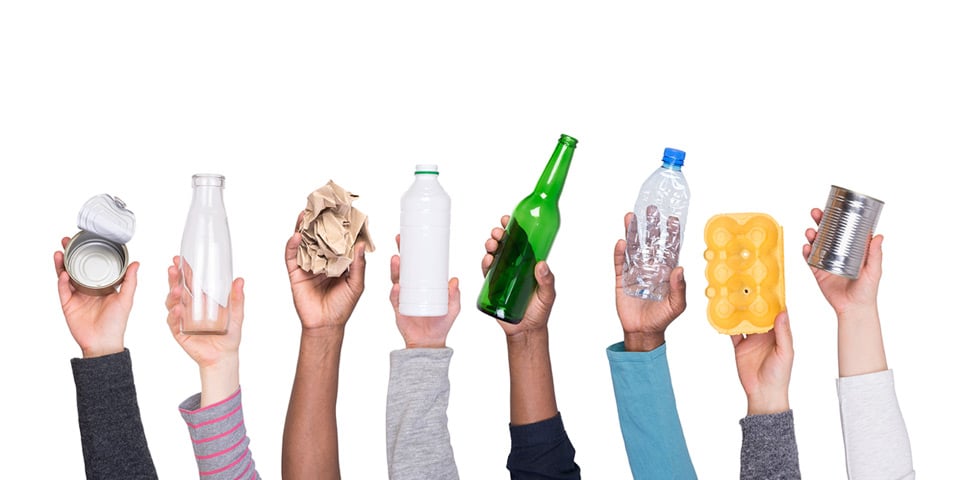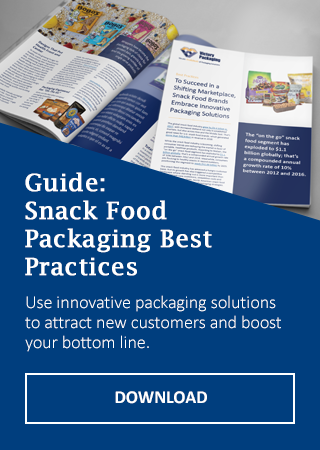
Sustainability is becoming an increasingly important decision-making factor for consumers. Not surprisingly, these shifting customer preferences are shaking up how businesses approach their products at every stage—from development to engineering and finally packaging. In the world of packaging solutions, we’ve seen a monumental movement away from single-use plastic in favor of environmentally friendly materials, minimalist designs and, in the latest development, packaging that can be reused.
Sustainable packaging is clearly picking up steam, as more major brands up the ante on their environmental goals. And because 25% of recycled plastics end up in the landfill, it’s no shocker that companies are looking to more creative solutions for reducing our collective carbon footprint. But is reusable packaging really the future?
It might be difficult to envision everything from ice cream to shampoo coming in metal containers. But given recent developments among leading consumer brands, most signs say that the reusable packaging trend is worth having on your radar.
Re-sealable and refillable packaging is already on the rise
Flexible packaging is one of the fastest-growing segments of the last few years, and resealable zipper pouches are emerging as the latest evolution. Especially in the food and beverage industry, resealable zipper pouches help balance the desire for “on the go” convenience with sustainability and reduced waste. With the continued proliferation of flexible pouches, more brands are opting for seals rather than single servings, giving consumers easy portability with an eco-friendly edge.
But zippers aren’t the only feature appealing to consumers’ penchant for sustainability. Refillable packaging is also on the rise. In the world of luxury beauty, Dior’s refillable lipstick was a smash hit during the 2018 holiday season, selling out rapidly and, in the process, giving the industry a glimpse into the potential for reusable cosmetics packaging. To cut down on plastic waste, Olay is experimenting with a refillable pod for its moisturizer. Meanwhile, household cleaning brand Method partnered with the San Francisco Museum of Modern Art to create the ”Glass for Good Hand Wash”—a refillable premium hand wash bottle supporting both sustainability and the arts community.
Big brands are taking a chance on reusable packaging
In a move that ups the ante for sustainability, Procter & Gamble recently announced it would be joining Loop, an e-commerce platform that collects, cleans, refills and redistributes products to consumers. As part of the push, P&G will roll out reusable packaging for 11 of its most iconic brands. Pantene shampoos and conditioners will get new bottles made of durable, lightweight aluminum. Tide will launch a stainless steel bottle for its plant-based detergent. Crest mouthwash will get a sustainable, refillable glass bottle, while Febreeze will test-drive a direct-to-consumer “refill and reuse” model.
Who’s joining P&G in the push toward reusable packaging? Haagen-Dazs is reportedly testing metal packaging for its iconic ice cream pints. Unilever is packaging its Axe and Dove deodorants in refillable steel containers with an eight-year shelf life. And PepsiCo has a few reusable packaging solutions in the works, as well: glass bottles for Tropicana and steel containers for its Quaker cereal.
Whether refillable packaging catches on in other industries is yet to be seen, but one thing is for certain: packaging design and engineering will play a critical role in persuading consumers to shift away from “one-time use” products, toward multi-use packaging with longer lifespans.
Is your brand ready to enhance your sustainability and shelf appeal? Contact Victory Packaging today to see what our Architects of Packaging Solutions can do for you.
